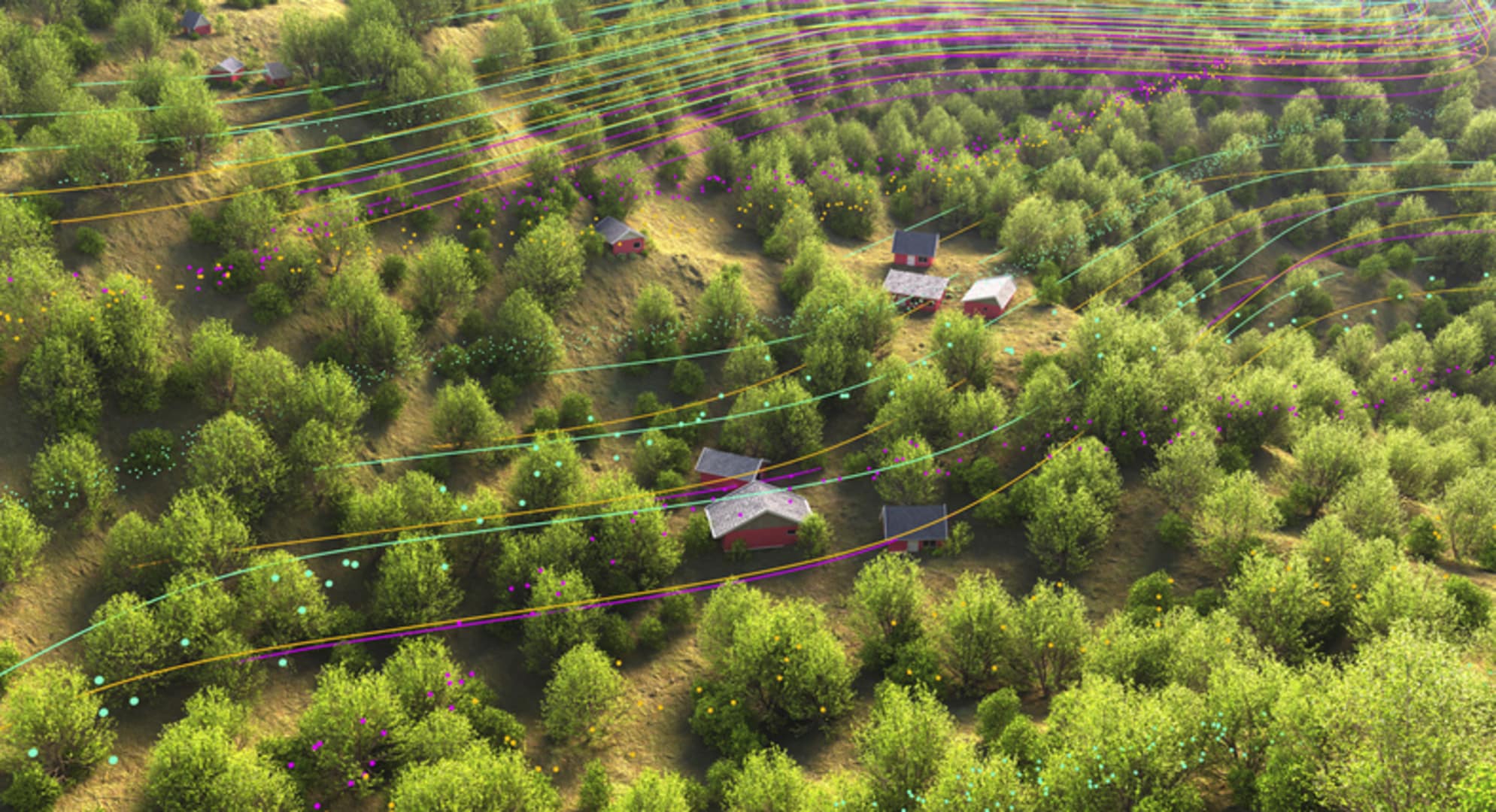
10 Mar The solution to Spain’s rural population crisis: 5G and 0G
Spain has a serious problem with the depopulation of its rural interior, both on a demographic level and in terms of economic development. The places furthest from the big cities have been losing residents for years and are finding it almost impossible to bring communities together and grow them with only a few inhabitants left behind. Although it’s not the main obstacle, lack of connectivity and poor communications infrastructure are preventing businesses from opening up and growing, young people with technological skills from moving in, as well as industry 4.0 from really taking off and automating the rural agricultural industry.
5G, a promise for development with a long road ahead
Besides guaranteeing a brighter future in terms of the possibilities offered by high-capacity, low-latency mobile internet, 5G technology also represents a promising future for the areas in greatest need in terms of guaranteed connectivity. However, there’s still a long road ahead. According to a report from Spain’s Ministry of Economic Affairs and Digital Transformation using data from 2020, 13.4% of rural Spain doesn’t have internet access beyond 30Mbps. Furthermore, according to the European Network for Rural Development, internet speeds in rural parts of the EU are not even half that of the average speed achieved in cities.
The 0G perspective as a complement to 5G connectivity
5G could solve many of the connectivity issues in rural and depopulated parts of Spain and contribute to their development as a result. However, the technology can’t yet operate as an independent technological alternative.
So how can we speed up the process? With the help of complementary technological perspectives, such as the 0G approach. This is an alternative connectivity proposal that would allow data to be sent and received through communication protocols typically used in radio and radioelectric frequencies. This way, connectivity could be guaranteed without the need for mobile coverage or SIM cards.
This means it could be applied in places where lots of devices would need to be rolled out to transmit very small volumes of data, without low latency or high speeds being required. This proposal is particularly useful, for example, in geolocation and livestock monitoring projects, where 5G could represent a major support when it comes to scaling down costs and energy consumption.
Other strategic partners of 5G: all for one
It’s important to make clear that the 0G philosophy cannot – and isn’t intended to – replace 5G technology or compete with it. On the contrary, it’s meant to be an ally, a complement that runs “in parallel”, allowing depopulated areas in rural parts of the country to thrive while the next-generation of mobile connectivity infrastructure is fully deployed.
Furthermore, it could also operate as a strategic development driver together with other cutting-edge technologies, such as the Internet of Things (IoT) and artificial intelligence, which would also facilitate the automation and upgrading of connectivity for factories, farms, fields and, more generally, all the economic forces that provide livelihoods, people, business models and opportunities in places with fewer than 5,000 residents across Spain.
Of all the technological catalysts – which require a large amount of financial and human resources to reach “cruising speed” – the 0G approach could greatly facilitate connectivity in areas in greatest need due to the low amounts of resources needed to operate nominally while solving some very tangible and urgent needs.

